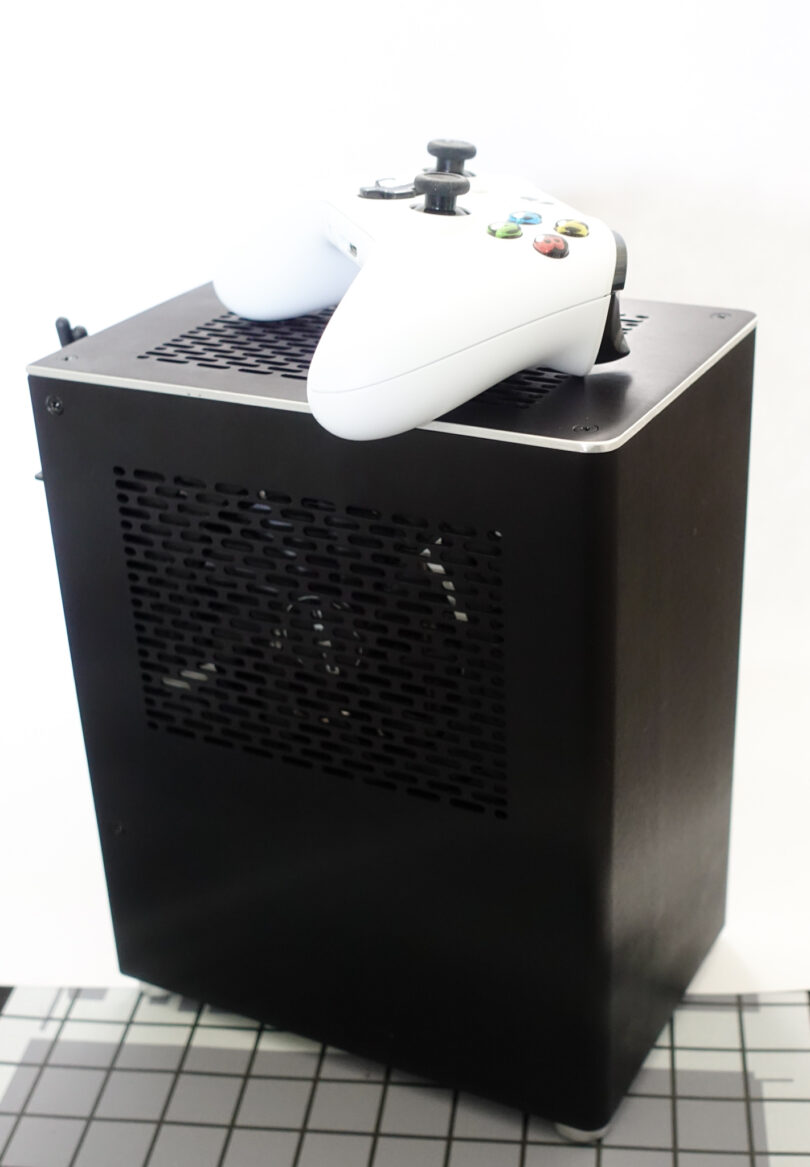Tom’s Hardware’s reviewer Albert Thomas has put together a project I’ve wanted to do for quite some time by testing the Intel i9-13900K against Noctua’s line-up of five low profile coolers. This includes the renowned Noctua L9i-17xx, and the very popular L-12 Ghost and L-12S. All testing was done in a Sugo 14 SFF case by SilverStone. The results are very informative.
CLICK HERE to see the article.
For those that haven’t bought a new CPU in many, many years, the Intel i9-13900K will run hot on almost any size cooler. Because modern CPU performance for both Intel and AMD has become a balancing act of power, noise, and cooling capacity far more so than previous generations of CPUs, performance for a given processor isn’t guaranteed. The Intel 13900K will run at 100C on all of the test coolers if left to its own devices, but will dynamically adjust its power usage to maintain the maximum performance for a given cooling solution. In essence, it’s a form of throttling but more akin to GPUs than past generation of CPUs. AMD does this with their newer 7000 series Ryzen processor where they run at 95C almost all the time. Unfortunately, one of the drawback to this is that your CPU fan is almost always at 100% speed when loads are introduced.
For example: In the Tom’s Hardware testing, the 13900K runs at the same load temperature on the Noctua L9i and the larger D9L. However, at full load, the L9i-cooled 13900K runs at 119 watts, whereas the D9L runs at near 200 watts. Lowering the wattage will lower the clock frequency of the chip. This will lead to a nearly 5,000 to 6,000 point difference in Cinebench R23 between the two coolers, and a nearly 10,000 to 11,000 point difference compared to running the 13900K with unlimited power.
How much this effects your workload, will very substantially. Current games use far less power and loose far less performance then tasks such as video editing that can push CPUs to their maximum on all of their cores. To draw from my own experience, my personal Ryzen 5950X powered SFF rig uses a Noctua L12S for CPU cooling. While gaming, I consistently see the maximum all-core boost clock of the CPU. While doing large encodes, the core frequency lowers by approximately 500MHz under the maximum all-core boost clock. This is the trade-off of running a massively powerful CPU on small cooler. Additionally, I’ve had to hand tune the CPU by undervolting it, and setting my own fan curve to combat noise. To me it was worth it to have a sub-7L system that can do everything I want at the speed I need.

Moving back to Albert Thomas’ testing, we see an answer to the question of “can I run a 13900K on a tiny cooler?”. The answer is of course you can, but you will have to give up performance. Running on the L9i will allow you to put the 13900K is a absolutely tiny case, but the overall performance in all-core workloads will be closer to a 12700K or 12900K than a 13900K. Considering that performance level isn’t too far off from the far less expensive 13600K, you might want to see if that’s a viable solution instead, and save the money. Gaming performance will depend on the game itself as many don’t pull more than 100 watts while actually playing, though newer games are beginning to change that.



